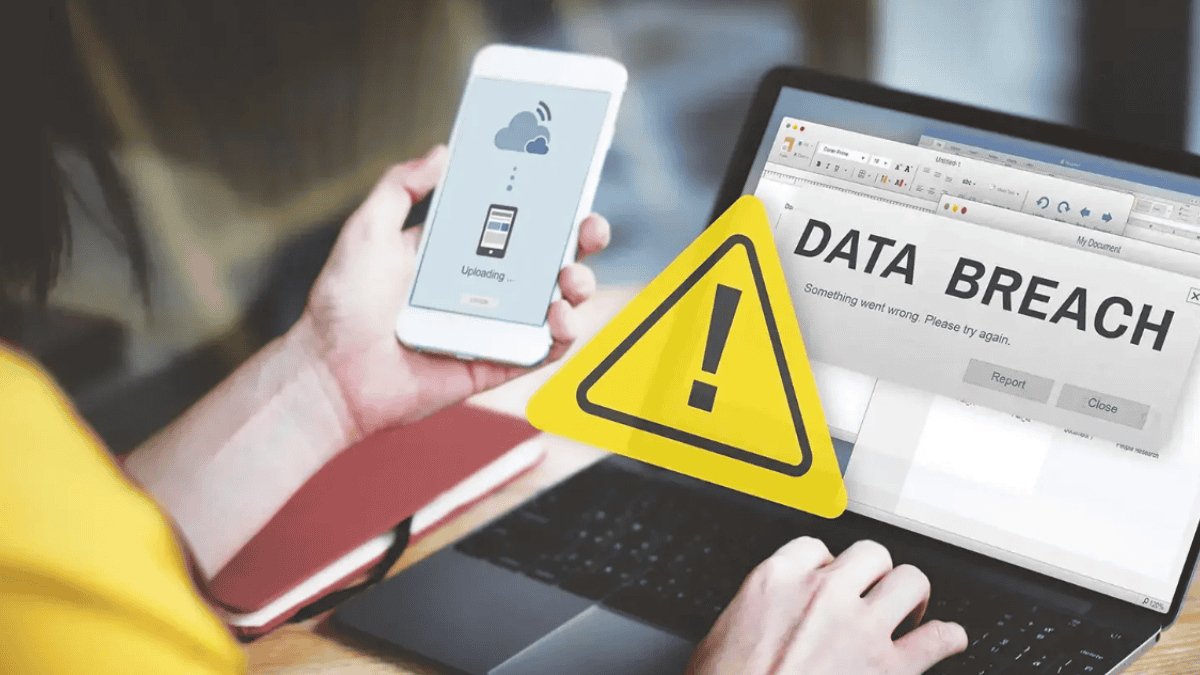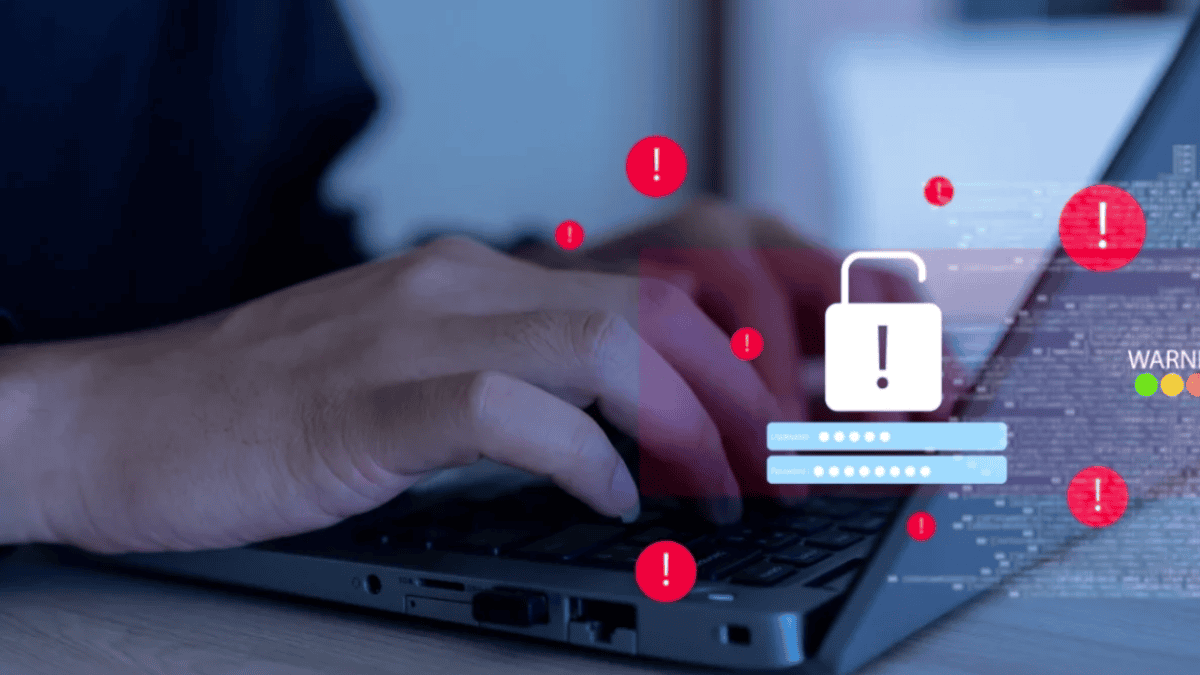Data leaks pose a significant threat to personal information, affecting individuals and organizations alike. When sensitive data is exposed, it can lead to various negative consequences, including identity theft, financial loss, and reputational damage. Strong cybersecurity measures are essential to prevent breaches and protect sensitive information from unauthorized access. The impact of a data breach can be far-reaching, often resulting in long-term effects on both personal and business levels.
Identifying a Data Leak
Recognizing a data leak is crucial for any organization. Early detection can help mitigate potential damage and protect sensitive information. This section outlines the signs of a data breach and the steps to confirm if a leak has occurred.
5 Signs of a Data Breach
There are several indicators that may suggest a data breach has taken place. Being aware of these signs can help organizations respond quickly.
| Sign of a Data Breach | Description |
| Unusual Account Activity | Unexpected logins or transactions in user accounts. |
| Unauthorized Access | Alerts or notifications of access from unfamiliar devices or locations. |
| Missing Data | Reports of missing files or data that cannot be accounted for. |
| System Performance Issues | Slowdowns or crashes that may indicate unauthorized access. |
| Notifications from Third Parties | Alerts from service providers about potential breaches affecting user data. |
Steps to Confirm a Data Leak
Once signs of a potential data breach are identified, it is essential to take specific steps to confirm whether a leak has occurred.
- Review Access Logs: Check system and application logs for any unauthorized access or unusual activity.
- Conduct a Security Audit: Perform a thorough examination of security measures and protocols to identify vulnerabilities.
- Engage IT Security Experts: Consult with IT professionals to analyze the situation and provide insights on potential breaches.
- Monitor User Accounts: Keep an eye on user accounts for any suspicious activity or changes that are not initiated by the account owner.
- Utilize Data Leak Detection Tools: Implement software solutions designed to detect data leaks and monitor for unusual patterns.
Being vigilant and following these steps, organizations can effectively identify and confirm a data leak, allowing them to take appropriate action to protect their information.
Immediate Response to a Data Leak
A data leak requires swift action to minimize potential damage. The immediate response involves securing systems and notifying relevant parties.

Secure Your Systems
The first step in responding to a data breach is to secure all systems that may have been compromised. This includes taking the following actions:
- Change Passwords: Update passwords for all accounts that may be affected. Use strong, unique passwords for each account.
- Enable Two-Factor Authentication: Implement two-factor authentication (2FA) on all accounts to add an extra layer of security.
- Disconnect Affected Devices: Temporarily disconnect any devices that may have been compromised from the network to prevent further unauthorized access.
- Update Software: Ensure that all software, including operating systems and applications, is up to date with the latest security patches.
- Run Security Scans: Use security software to perform thorough scans of all systems to identify and remove any malware or vulnerabilities.
Notify Relevant Parties
After securing systems, it is essential to notify relevant parties about the data leak. This includes:
- Informing Employees: Notify employees about the breach and provide guidance on how to protect their personal information.
- Contacting Customers: If customer data has been compromised, inform affected customers promptly and provide them with steps to safeguard their information.
- Reporting to Authorities: Depending on the severity of the breach, it may be necessary to report the incident to relevant authorities or regulatory bodies.
- Engaging IT Support: If the organization lacks the expertise to handle the situation, consider engaging IT support services to assist in managing the breach.
Taking these immediate actions can help mitigate the impact of a data leak and protect sensitive information from further exposure.
Mitigating the Damage
A data leak requires immediate action to mitigate the damage. This involves assessing the extent of the leak and implementing effective damage control measures.
Assessing the Extent of the Data Leak
The first step in mitigating damage is to determine how extensive the data leak is. This involves identifying what type of data has been compromised and how many individuals or systems are affected.
| Data Type | Potential Impact | Number of Records Affected |
| Personal Identifiable Information (PII) | Identity theft, fraud | 100 - 1,000 |
| Financial Information | Financial loss, unauthorized transactions | 50 - 500 |
| Health Records | Privacy violations, legal issues | 10 - 100 |
| Login Credentials | Account breaches, unauthorized access | 200 - 2,000 |
Categorizing the data and understanding the potential impact, organizations can prioritize their response efforts.
Implementing Damage Control Measures
Once the extent of the data leak is assessed, it is essential to implement damage control measures. These measures can help minimize the impact of the leak and protect affected individuals.
| Damage Control Measure | Description | Priority Level |
| Change Passwords | Require affected individuals to change their passwords immediately | High |
| Monitor Accounts | Set up alerts for unusual activity on affected accounts | High |
| Notify Affected Individuals | Inform those whose data has been compromised | Medium |
| Enhance Security Protocols | Review and strengthen security measures to prevent future leaks | Medium |
| Offer Support Services | Provide resources for identity theft protection and recovery | Low |
Taking these steps, organizations can effectively manage the fallout from a data leak and protect their stakeholders.
Legal and Compliance Obligations
Ensuring compliance with legal and regulatory requirements is a critical aspect of data breach response. Organizations must navigate various laws that dictate how breaches should be handled, from notifying affected individuals to reporting incidents to authorities. The following sections outline key legal obligations and data protection regulations that businesses must adhere to in order to maintain compliance and mitigate potential penalties.
Understanding Legal Requirements
Personal data breaches make it essential for organizations to understand their legal obligations. Various laws govern how businesses must respond to data breaches, and failing to comply can result in significant penalties. Organizations must be aware of the following key legal requirements:
| Requirement | Description |
| Notification | Many jurisdictions require organizations to notify affected individuals within a specific timeframe after a data breach. |
| Reporting | Some laws mandate reporting the breach to regulatory authorities, often within a set period. |
| Documentation | Organizations must maintain records of the breach, including how it occurred and the steps taken in response. |
Compliance with Data Protection Regulations
Compliance with data protection regulations is crucial for organizations handling personal information. Different regions have specific regulations that dictate how data breaches should be managed. Here are some prominent regulations:
| Regulation | Description |
| GDPR (General Data Protection Regulation) | Applies to organizations operating in the EU or handling EU citizens' data, requiring strict data protection measures and breach notifications. |
| CCPA (California Consumer Privacy Act) | Grants California residents rights regarding their personal data and requires businesses to inform them of data breaches. |
| HIPAA or Health Insurance Portability and Accountability Act | Governs the handling of health information in the U.S., requiring specific breach notification protocols for healthcare organizations. |
Organizations must ensure they are familiar with the relevant regulations and implement necessary policies to comply. This includes training staff on legal obligations and establishing clear procedures for responding to data breaches.
Preventing Future Data Leaks
To safeguard personal information and prevent future data leaks, organizations must take proactive measures. This involves strengthening security protocols and educating employees about data security practices.

Strengthening Security Measures
Implementing robust security measures is essential for protecting sensitive data. Organizations should consider the following strategies:
| Security Measure | Description |
| Firewalls | Use firewalls to create a barrier between internal networks and external threats. |
| Encryption | Encrypt sensitive data both in transit and at rest to protect it from unauthorized access. |
| Multi-Factor Authentication (MFA) | Require MFA for accessing sensitive systems to add an extra layer of security. |
| Regular Software Updates | Keep all software and systems updated to protect against vulnerabilities. |
| Data Backup | Regularly back up data to ensure recovery in case of a breach. |
Educating Employees on Data Security
Employees play a crucial role in maintaining data security. Providing training and resources can help them recognize potential threats and respond appropriately. Key areas of focus include:
| Training Topic | Description |
| Phishing Awareness | Teach employees how to identify phishing attempts and suspicious emails. |
| Password Management | Encourage the use of strong, unique passwords and regular password changes. |
| Safe Internet Practices | Educate employees on safe browsing habits and the risks of public Wi-Fi. |
| Incident Reporting | Establish clear procedures for reporting suspected data breaches or security incidents. |
Seamless IT Optimization by LK Tech
Strengthening security measures and educating employees help organizations reduce the risk of data leaks and build a stronger data protection strategy. At LK Tech, we provide top-notch IT support tailored to your unique needs, ensuring that businesses stay ahead of cyber threats with proactive security solutions.
Our team works closely with clients to implement robust data protection strategies that safeguard sensitive information. If you're looking for reliable IT companies in Cincinnati to enhance your cybersecurity and protect your business from potential breaches, reach out to us today to see how we can help.


